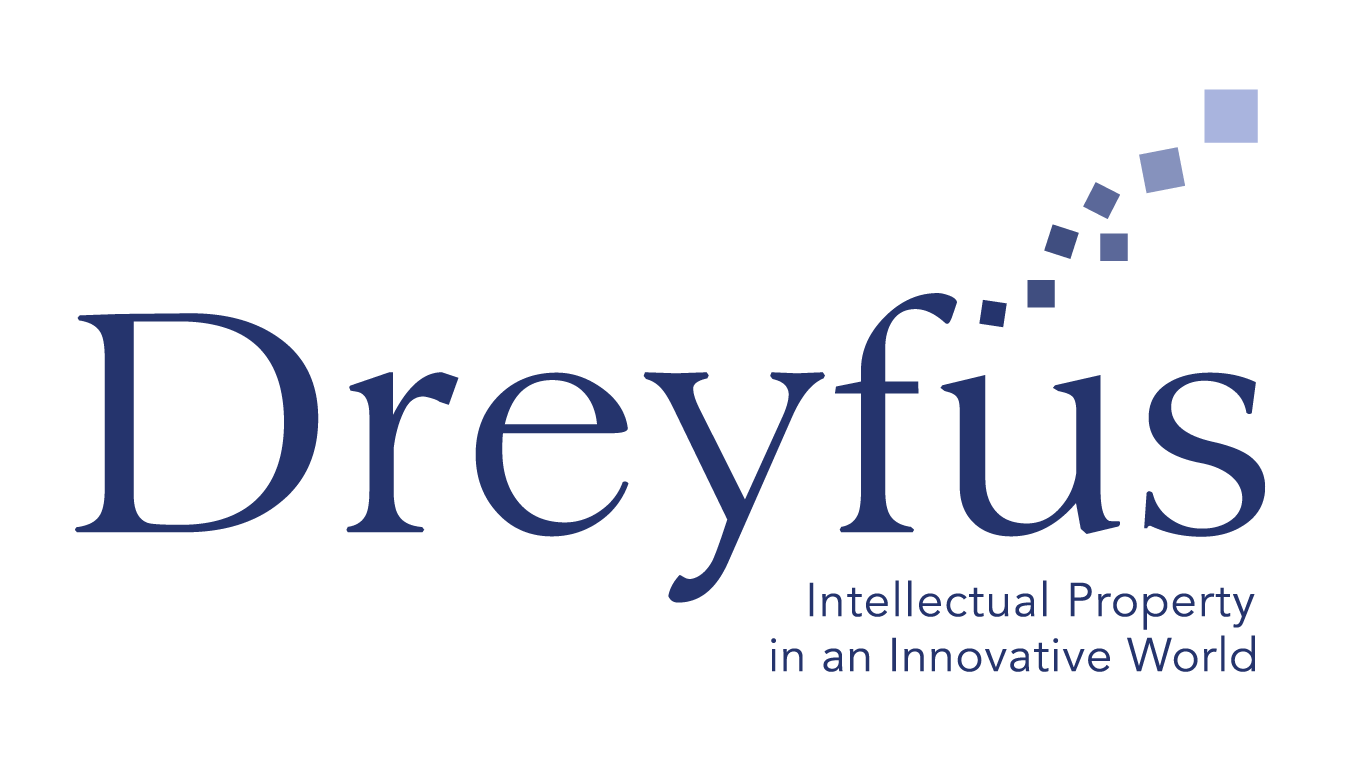Image generated by DALL E 3 Microsoft version
NFT technology (Non-Fungible Tokens), both complex and innovative, raises significant legal questions, especially regarding trademark law. These non-fungible tokens, rapidly gaining popularity, impact numerous sectors such as the economy, sports, video games, and luxury brands.
The Rise of NFTs in the Brand World
Luxury companies are increasingly offering products in digital form within the metaverse. The primary goal for brands is to gain popularity by reaching targets that differ from the physical world. For example, Gucci created the “Gucci Vault” space where players, creators, and the brand come together for a unique experience in the Sandbox metaverse. This space includes an NFT treasure hunt, digital clothing items, and fashion accessories available for purchase.
The use of NFTs offers brands a means to guarantee the authenticity and traceability of their products, thus effectively combating counterfeiting. Companies like the French Arianee are at the forefront, offering digital certificates based on blockchain technology.
Therefore, does the growing development of non-fungible token technology jeopardize the effectiveness of legal protection for trademarks?
NFTs and Legal Protection of Trademarks: Slippery Ground?
The integration of NFTs within the legal framework of trademark law is a delicate issue. The specificity principle, fundamental to trademark law, guarantees exclusive rights to use trademarks for designated products and services. Nonetheless, how NFTs align with this principle remained ambiguous until the introduction of official labels in the Nice Classification in January 2023.
NFTs are lines of code on the blockchain, notably containing, within the smart contract, a link to the underlying digital file. These files can be images, sound, texts. Often, NFTs are perceived by the public as virtual images representing works of art or products (clothing, leather goods).
Therefore, should the classification of an NFT within the Nice Arrangement be based on the aesthetic function, that is, the digital reproduction of the product it represents? Or should it be based on purely material considerations related to the nature of the NFT as such, that is, lines of code on the blockchain?
EUIPO’s Intervention in NFT Classification
The European Union Intellectual Property Office (EUIPO) addressed this question in its twelfth edition of the Nice Classification, effective January 1, 2023. It now expressly allows for the registration of trademarks in class 9 for virtual products and NFTs, insofar as they are treated as digital contents and images. However, the EUIPO specifies that “the term ‘virtual products’ itself lacks clarity and precision, it is therefore necessary to further specify the content to which the virtual products relate” (for example, downloadable virtual products, namely, virtual clothing). NFTs authenticate digital elements but are distinct from them.
Practices and Jurisprudence: Towards Enhanced Brand Protection
Clearly, in practical terms, NFTs frequently embody virtual goods linked to apparel (class 25) and handbags (class 18). Given the novelty of this technology and the recent update of the Nice Classification, most owners of trademarks protected under classes 18 and 25 have yet to fully acknowledge the burgeoning presence of NFTs. Their trademarks not being protected by class 9, they cannot, in principle, contest infringements of trademark rights made by NFT developers on their products and services.
However, the global assessment of the risk of confusion allows for an appreciation of the similarities of the signs in question on an overall basis, with regard to visual, phonetic, verbal, or conceptual similarities.
If NFTs are lines of code, they visually represent products and services thanks to the digital files encoded within these codes. It is crucial to examine the NFT as a whole, which includes not only its computer code but also the digital content it contains. Indeed, the use of an existing brand by an NFT can compromise the main function of that brand: to assure consumers that the products or services come from a specific and reliable source.
Put simply, the comparison must be made between two products or services inherently connected by their function, regardless of whether they fall under different classes. Viewing the NFT in its entirety—accounting for both its technical composition and the digital content it embodies—and by conducting a thorough assessment of confusion risks, the barrier presented by trademark law’s specificity principle can be effectively overcome.
The judge’s decision in the Hermes vs. Birkin case clearly illustrates this reasoning: it implicitly suggests that the purchase of an NFT, representing a digital version of a bag, is not motivated by the practical utility of this bag but rather by its symbolic or artistic value.
Therefore, it is not important that the traditional functions of a bag, such as holding items, cannot be achieved by a digital representation of this bag. What matters is the image that this NFT can represent for purchasers: a digital Birkin bag. The vision shifts from the physical bag to its digital counterpart, capturing the essence of the item in a virtual form.
Conclusion: NFTs, an Opportunity for Trademark Law
In conclusion, the advent of NFTs presents both challenges and opportunities for trademark law. Recent legal cases, like that of Hermès against Birkin, demonstrate that the legal framework can adapt to protect trademarks while recognizing the value of digital goods. NFTs encourage fresh thinking about ownership and authenticity in the digital age, thereby enriching the legal landscape and offering new avenues for brand strategies.
Dreyfus Lawfirm works closely with a network of lawyers specializing in Intellectual Property. Faced with challenges posed by new technologies, particularly NFTs, Dreyfus guides you through the legal intricacies of NFTs in relation to trademark law. For cutting-edge expertise, contact us and follow us on social media!

